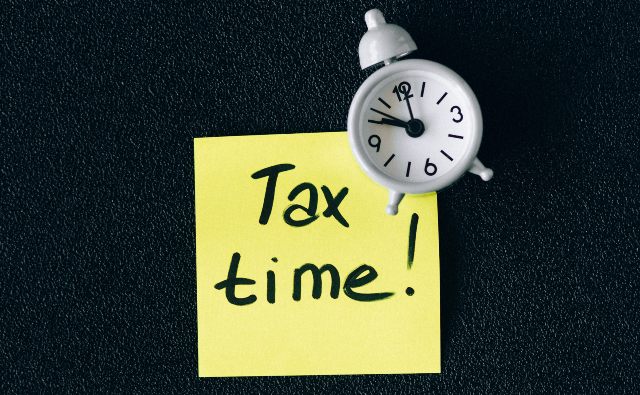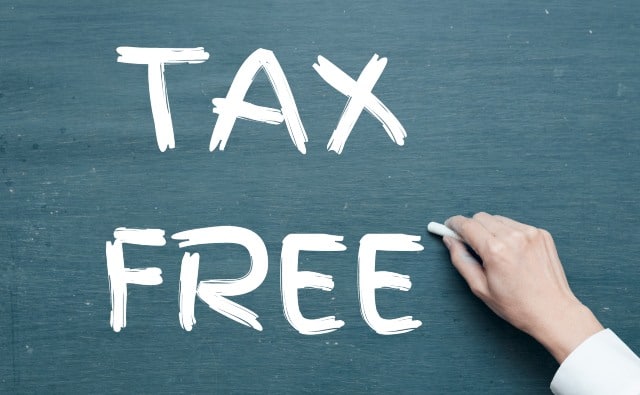Last Updated on July 25, 2022 by The MediFi Guy
Broadly speaking there are two types of investment accounts: Traditional Brokerage Accounts (also known as discretionary accounts) and Tax Advantaged accounts. These two types can be further subdivided, but for our purposes, the most important thing to understand for now is the difference between the two.
What are Traditional Brokerage Accounts?
A traditional brokerage account, or discretionary account, is what most people think of when they think of an “investment account”. It’s an account that you open with a registered brokerage firm or investment company (eg companies like Sygnia,10x, Easy Equities, Allan Gray, Coronation, Investec, etc) and then deposit money in the account to invest in securities of your choice. The brokerage firm executes your selected transactions on your behalf. The assets belong to you, and it’s your responsibility to report any revenue or capital gains earned from the account as taxable income when you file your tax return with SARS.
In a brokerage account, you as an individual are free to invest in whatever securities you want, whether it be individual stocks, bonds, cash, commodities, or investment funds like unit trusts or ETFs. You can even venture into more speculative instruments like cryptocurrencies if that’s your thing, provided the account allows it. You are free to buy, sell, deposit, and withdraw as much as you want, whenever you want. There are no restrictions placed on the activities of the account and no limits on the amounts involved. You have full control over the investments and are free to take on whatever level of risk you feel is in keeping with your personal risk tolerance.
The brokerage account and all trades and transactions therein are subject to taxes in the form of normal taxes (revenue and capital gains tax) on the proceeds (ie profits) on sales of assets within the account, and dividends taxes on dividends paid out on stock held in the account. Depending on the frequency and volumes of your trades, and the period of time in which you perform them, the total amount of taxes payable in traditional brokerage accounts can end up totaling a significant amount, ranging from 18% in the case of effective capital gains tax all the way to 39% in the case of revenue taxed at your marginal tax rate.
The previous paragraph contains a bit of jargon, but take note that the topic of taxes will be the entire subject of a future post, so don’t stress for now if you don’t know what things like the “capital gains tax” or a “marginal tax rate” are. The core concept to grasp regarding discretionary accounts and the taxes you pay is that they are a lot! Taxes are payable every time you sell an asset and every time you get paid a dividend, and usually end up totaling a very high amount. For now, so as not to complicate the matter too much, we’ll pretend that the marginal tax on revenue is the only tax that applies, in which case that alone for interns would amount to 39% of all profits on sales since interns fall under the 39% tax bracket.
The Issues with Brokerage Accounts
So brokerage accounts allow for maximum freedom and control over your investments, with all the risks that may entail, whilst accruing a high amount of tax in the process. What issues might arise from this?
High Taxes
Well, the first issue is that of the high taxes generated by the account. What do you think the largest expense you’ll ever have over your entire lifetime is? Housing costs? Transportation costs? Food? Clothing perhaps? No, the answer is taxes! Taxes will be the single largest unavoidable (assuming you’re a law-abiding citizen) expense that you’ll ever pay. Therefore, in line with the concept of spending less than you earn, it is imperative to minimize your tax burden as much as legally possible. A brokerage account can work against this goal if you conduct frequent trades in the account, racking up massive taxes in the process.
The Problem of Unlimited Freedom
The second issue with brokerage accounts lies in the freedom they provide. You’re free to conduct high-risk trades in the hopes of high rewards, but that freedom comes with the downside of potentially making bad investments that result in massive losses, and worst case scenario losing everything. It requires a level of personal responsibility, level-headedness, long-term thinking, and deferred gratification that many may struggle with. As we’ve touched on before, the vast majority of people that attempt to speculate end up failing to beat the market over time. So with brokerage accounts, there’s a very high risk of losing money through ill-advised investment decisions, poorly timed trades, and poor risk mitigation strategies.
This problem of the investor’s own freedom potentially working to their own detriment doesn’t only affect them. It affects us all. The entire country actually. How so? Well, imagine a scenario where someone decides to use a brokerage account to invest for their retirement. This person chooses to go all in on speculatory stocks, never diversifies or rebalances at any point, and just after retiring loses most of their investment when their stocks crash and go to zero. A horrible situation to be in – a senior citizen now with nothing in retirement savings. How is that person supposed to survive after that?
Well in most cases it falls on the government to somehow support that individual through social programs and grants funded by taxpayers. It is also the government’s responsibility to provide for all citizens who make it to retirement age and have not saved or invested anything at all and are therefore unable to support themselves during their old age. These are expenses that the government would rather not have. The state would prefer that everyone save and invest for their own futures to cover their own expenses after retiring, in order to minimize the financial burden social services place on the national budget. It’s therefore in the state’s best interest to somehow encourage people to invest for their own retirements in a manner that is low risk, doesn’t involve speculating, has a more certain rate of return, and prevents the person from making decisions and taking actions that jeopardize the investment.
The Government’s Solution
As a way to encourage citizens to invest for their own futures, the state created a type of investment account that incentivizes “good” behavior (investing for the future) whilst penalizing “bad” behavior (eg withdrawing money early from the investment, making risky investments decisions, etc). This type of investment account is called a Tax-Advantaged Account.
What are Tax-Advantaged Accounts?
Tax-advantaged accounts are a type of investment account created by the government with the intention of incentivizing the public to invest for the future by offering benefits for doing so. The main method by which they accomplish this is by offering tax incentives – different ways of minimizing taxes. These tax incentives include tax exemptions (no taxes paid at all) or tax deferrals (fewer taxes paid at a later date) if you choose to use the account. These deferrals and exemptions act as one of, if not the best way one can reduce their tax burden over the course of their life. The accounts are regulated by laws put in place by the state that govern and restrict their use.
Tax-Advantaged Account Regulations
These rules and regulations stipulate the maximum amounts of money that can be deposited into the accounts, which asset classes one is allowed to invest in, the percentage that each asset must form of the overall portfolio, which countries one can invest in (a certain amount required to be local investments), and when one is allowed to sell and withdraw money from the account. The state essentially forces you, by law, to make smart, low-risk, well-diversified investments that virtually guarantee that you will have enough money to survive on after you retire, and makes sure that you don’t touch the money before you reach retirement age by heavily penalizing you if you do so (except in a select few circumstances where they allow it).
The tax-advantaged accounts, therefore, solve the issue of high taxes relating to brokerage accounts whilst also acting to alleviate the financial burden on the state of supporting senior citizens during their retirement, by incentivizing the use of a safe and regulated method of investing.
The Types of Tax-Advantaged Accounts
In the South African context, the tax-advantaged accounts come in two flavors – the Retirement Annuity and the Tax-Free Savings Account. The laws governing their use differ slightly, and those differences are the topic of a future post.
Conclusion
In summary, there are two types of investment accounts: Traditional Brokerage Accounts and Tax Advantaged Accounts. Tax-Advantaged Accounts include Retirement Annuities and Tax-Free Savings Accounts. The traditional brokerage account allows for maximum freedom but comes with high taxes and potentially high risks, depending on how you decide to utilize them. The tax-advantaged accounts are regulated by the state and serve to incentivize smart, low-risk investments for the future, by using tax incentives to encourage people to make use of the accounts and using massive penalties to ensure that they are used correctly.
Legal Disclaimer: The information on this website including research, opinions or other content is not intended to and does not constitute financial, accounting, tax, legal, investment, consulting or other professional advice or services. The author of this blog does not act or purport to act in any way as a financial advisor or in a fiduciary capacity. Prior to making any decision or taking any action, which might affect your personal finances or business, you should take appropriate advice from a suitably qualified professional or financial adviser.



